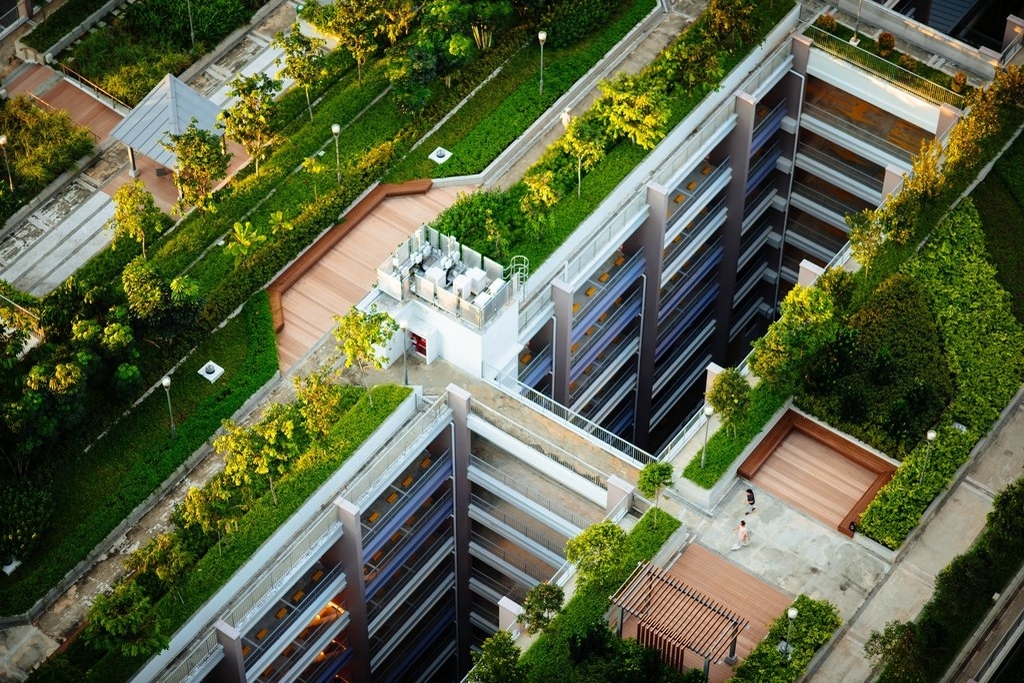City Blooming Fundamentals Explained
Table of ContentsFacts About City Blooming RevealedThe Single Strategy To Use For City BloomingUnknown Facts About City BloomingNot known Incorrect Statements About City Blooming The Greatest Guide To City Blooming
Intrigued in growing food offer for sale in the City of Chicago? Thinking of beginning an area yard? Changes to the Chicago Zoning Regulation allow agricultural uses like neighborhood yards and urban ranches in lots of parts of the city. Below is a listing of frequently asked questions concerning the guidelines and policies that growers need to take into consideration when planning a metropolitan agriculture task.
The zoning modification does not customize any kind of other codes dealing with composting, building licenses, acquiring or renting City owned building, organization licenses or ecological contamination. There are existing codes that control these problems and they remain completely result and might apply to your task. Neighborhood yards are normally owned or taken care of by public entities, civic organizations or community-based organizations and maintained by volunteers.
Urban farms grow food that is planned to be marketed, either on a not-for-profit or for-profit basis. Due to their commercial purpose, city farms call for a business license. Yes. A neighborhood yard is enabled to offer surplus generate that was expanded on website if the sales are accessory or subordinate to the yard's main purpose defined over.
The smart Trick of City Blooming That Nobody is Talking About
Composting is allowed however just for plant material that is produced and utilized on site. The amount of compost material can not go beyond 25 cubic backyards at any provided time according to the standards in 7-28-715 of the City's Municipal Code. Yes. Because the dirt at most new yard websites needs amending, compost, dirt, wood chips, or various other materials can be obtained to construct or improve the growing area - indoor plants.

If a building permit is needed after that the hoophouse will certainly be taken into consideration an accessory building. You can locate out more concerning the building license requirements by calling the Department of Structures. The 25,000-square-foot size limit is meant to stop a single community garden from controling a given block or diminishing the block's existing property or commercial personality.
The limitation does not use to gardens found in Public Open Area (POS) districts. Can there be more than one neighborhood garden that is 25,000 square feet on a solitary block? Fencing is not called for, nevertheless, gardens that have huge car parking areas might be needed to mount fence or other landscaping features.
8 Easy Facts About City Blooming Explained
B1 & B2 districts require that all commercial use tasks be performed inside. Is secure fencing required for urban ranches? Fences might be called for, along with landscaping and testing, for specific auto parking areas and exterior job or storage space areas depending on area and the details activity taking place.
Urban farms need structure licenses and zoning approvals prior to construction (balcony and patio garden design). Other types of city evaluation may be called for depending on specific structures, activities, dimension, landscaping, licensing, public heath and stormwater monitoring issues.
Yes. The kind of license is determined by what is occurring at the website. The Division of Organization Affairs and Consumer Security can help figure out the specific sort of organization certificate that's called for. Yes. Off street car park is required for most business tasks in Chicago. The required variety of car parking rooms is based upon the variety of workers working with site and not the square video of the growing why not check here room.
The Ultimate Guide To City Blooming

A city farm can offer garden compost product generated on site, nevertheless, the procedure needs to conform with the policies in 7-28-715 of the Chicago Municipal Code. Aquaponic systems are enabled inside on city farms in several zoning areas.
As much as 5 hives or colonies of honey bees might be kept as an accessory use. Beekeepers should register with the Illinois Department of Farming. For additional information about the recommended zoning amendment you may contact the Division of Real Estate and Economic Growth, Bureau of Preparation and Zoning at 312.744.8563.
Farming in cities and city areas An urban farm in Chicago. Urban farming refers to different techniques of growing. https://www.behance.net/danielnold, processing, and dispersing food in metropolitan locations. The term also relates to the location tasks of pet husbandry, tank farming, beekeeping, and cultivation in a city context. Urban agriculture is distinguished from peri-urban agriculture, which occurs in backwoods beside suburban areas.
Excitement About City Blooming
, who look for to create social networks established on a shared values of nature and community holism. These networks can create by way of official institutional support, coming to be integrated right into regional town preparation as a "change community" activity for sustainable city development.
The more direct accessibility to fresh vegetable, fruit, and meat items that may be know with urban farming can enhance food safety and security and food safety and security while reducing food miles, leading to lower greenhouse gas exhausts, therefore adding to climate modification mitigation. Several of the initial proof of city agriculture comes from Mesopotamia.